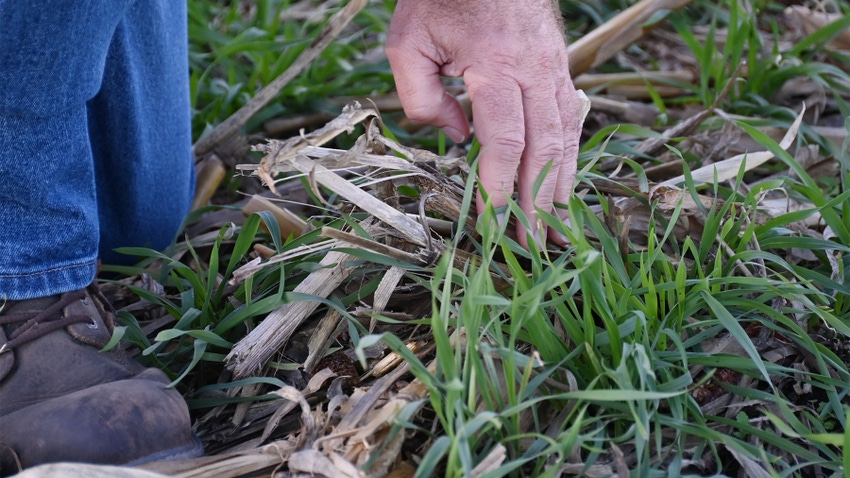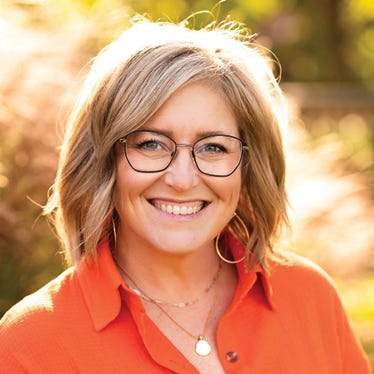
Illinois farm groups are calling on the state to expand cover crop funding, specifically through the Fall Covers for Spring Savings program.
Illinois farmers trail their neighbors in cover crop adoption. University of Illinois ag economist Jonathan Coppess recently noted that Illinois has just 4% of its acres in cover crops, compared to nearly 10% in Wisconsin. Why the lag?
“Cover crops in Illinois is a great question, and man, it’s painful to see Indiana and some of the other states do so much better,” Coppess says.
He believes policy discussions don’t adequately address the challenge of cash rent.
“Let’s say I’ve been doing cover crops for five or six years on rent land, and I’ve invested in improving that soil. Then somebody comes in and offers $20 more cash rent the next year, and I lose the lease,” he explains. “How does policy deal with that real-world operational management scenario?”
There aren’t good answers, at least not today. However, that’s one reason farm groups — including IL Corn, Illinois Soybean Association, Illinois Farm Bureau and American Farmland Trust — are banding together to push for change on the state level. They want the state to expand the Fall Covers program to 500,000 acres.
“The Fall Covers for Spring Savings program has shown remarkable demand from farmers around the state, and we are confident that planters are ready to meet the increase in available acres,” says IL Corn President Dave Rylander, who farms near Victoria, Ill.
This program offers a $5 rebate on federal crop insurance for acres with cover crops, as an incentive for expanding cover crop acres. Historically, the program has offered limited acres that were entirely signed up for within hours, with many farmers waiting at their computer for the sign-up period to open.
For 2024, 140,000 acres were available, which was the same amount offered in 2023. That acreage allotment in 2023 was met in under 24 hours, and a total of more than 182,688 acres were requested by the time the application period ended — meaning over 42,000 acres didn’t get funding, which is available on a first-come, first-served basis.
In 2021, there were only 100,000 acres available, and they were claimed within 10 hours. The Illinois Department of Agriculture received applications for 131,000 acres that year, which means 31,000 didn’t get enrolled.
In the falls of 2019 and 2020, the program offered rebates on 50,000 acres. It expanded to 100,000 acres in 2021, and now sits at 140,000 acres since 2022.
Illinois Agriculture Director Jerry Costello is aware of farmer interest in the program, noting that 2024 acres were spoken for in a matter of hours.
“What that expresses is the commitment by farmers in Illinois for this program,” Costello says.
About the Author(s)
You May Also Like






